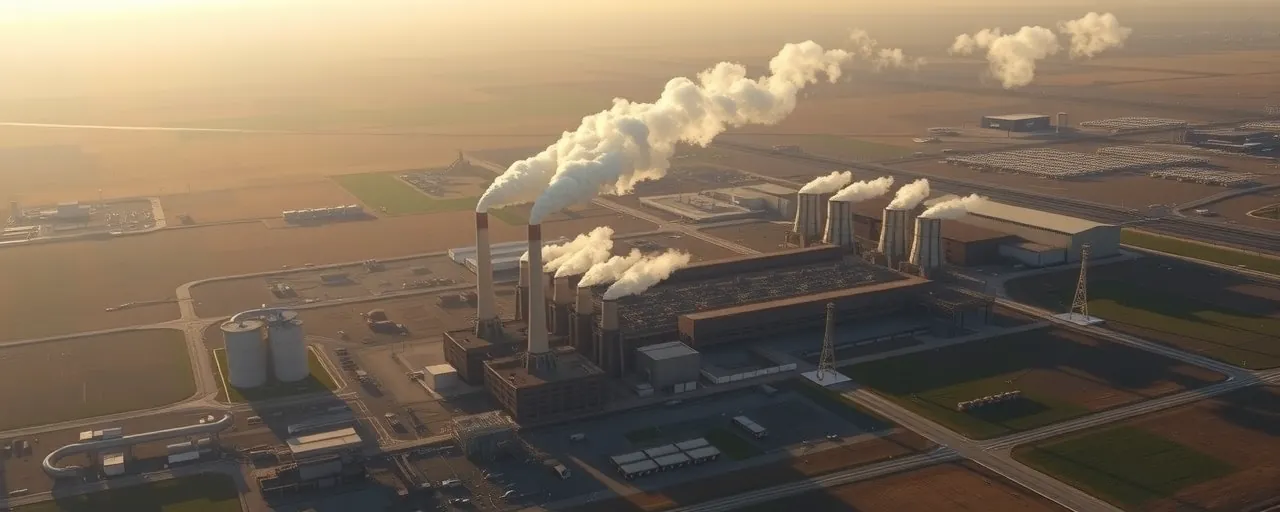Taking a Stand for American Workers
Jamie Dimon, JPMorgan’s heavyweight, labels current tariff rates as extreme. Yet, the reality demands a closer look. With a 10 percent universal tariff on imports and rates on Chinese goods hitting nearly 40 percent, the administration is deploying trade policy to safeguard American jobs and industries. This approach responds to years of foreign exploitation, particularly from China, whose state-backed industries have undercut U.S. markets.
Decades of unrestricted trade left American workers reeling. Factories closed, communities hollowed out, and the trade deficit soared to $971 billion in 2022. Tariffs represent a deliberate pivot, empowering manufacturers and leveling a playing field tilted by currency manipulation and lax labor standards abroad. Far from reckless, these measures reclaim economic ground lost to global competitors.
Skeptics, often corporate leaders or academic economists, predict dire consequences like inflation or disrupted supply chains. They cite projections of a 1.7 percent price hike, equating to $2,800 per household yearly. But protecting American livelihoods outweighs temporary cost increases. Why accept dependence on rival nations when we can rebuild our industrial strength?
Reviving Industry Through Reshoring
Tariffs do more than block unfair trade; they rebuild America’s economic core. Since 2010, reshoring has generated over 300,000 jobs, with 180,000 more in early 2023. Companies are relocating from Asia to the U.S., Mexico, and Canada, with Mexico now outpacing China as America’s top trade partner under USMCA. Tariffs fuel this shift, revitalizing manufacturing.
Data underscores the trend: 80 percent of major manufacturers plan regional production by 2035, spurred by tariff pressures and geopolitical risks. Advances in AI and automation make domestic factories competitive, projecting 1.9 million new manufacturing jobs by 2035. Shorter supply chains reduce reliance on adversarial nations, ensuring resilience against global disruptions.
Some argue reshoring raises costs, burdening consumers. Retailers and S&P 500 firms lament tariff-related expenses, but their complaints ring hollow. For years, these corporations profited by outsourcing jobs. Higher costs are a fair trade for secure supply chains and thriving communities. Why favor corporate profits over American workers?
Economic Nationalism’s Proud Legacy
The tariff strategy builds on America’s history of economic nationalism. From Hamilton’s protection of nascent industries to McKinley’s high-tariff policies, strategic duties fostered prosperity. Critics of the Smoot-Hawley Tariff exaggerate its role in the Great Depression, ignoring global economic collapse already underway. History affirms that targeted tariffs bolster jobs and security.
Today, 68 percent of Republican voters endorse the administration’s tariffs, viewing them as a defense against China’s trade violations. The Geneva truce, reducing Chinese tariffs to 30 percent, shows tariffs force concessions—Beijing relented. Meanwhile, some Democrats advocate selective tariffs tied to environmental or labor goals, yet fail to address the larger threat of industrial decline.
Free trade policies, like post-WWII GATT agreements, eroded America’s edge. By 2018, China’s unfair practices cost U.S. manufacturers $600 billion annually. Tariffs counter this, compelling fair play and restoring industrial might. They’re not a step back; they’re a leap toward sovereignty.
Embracing the Cost of Resilience
Tariffs undeniably affect prices, with inflation expectations at 7.3 percent and retailers warning of higher costs. Yet, global supply chain strains, from COVID-19 to energy price spikes, share the blame. Tariffs aren’t the sole culprit; they’re a convenient target for critics of bold trade policies. The true issue is whether cheap imports trump self-sufficiency.
Past tariffs, like those in 2018, raised costs modestly without derailing growth. Today’s reciprocal tariffs are reshaping trade, prioritizing regional allies over distant adversaries. This realignment strengthens America’s supply chains, reducing vulnerabilities to hostile powers. It’s a calculated move, not economic chaos.
America faces a pivotal choice. We can chase low prices, risking industrial decay, or embrace tariffs to protect workers and ensure prosperity. The path forward demands courage: prioritizing strength over convenience, sovereignty over savings. Let’s seize this moment to secure our future.
